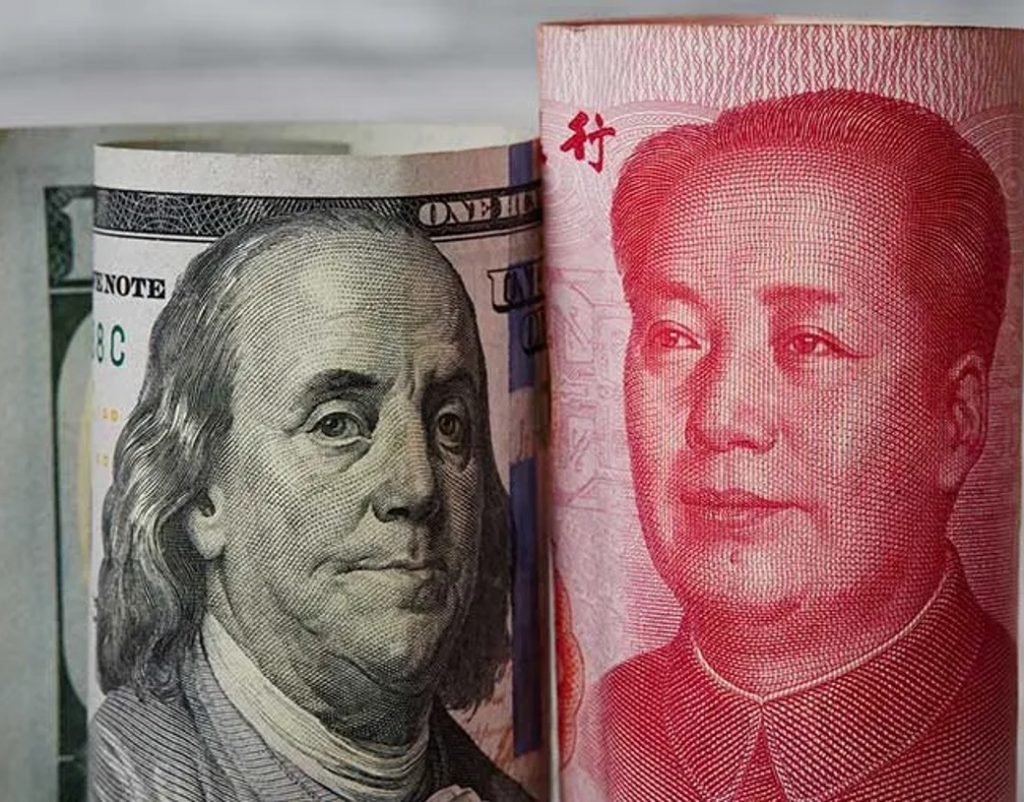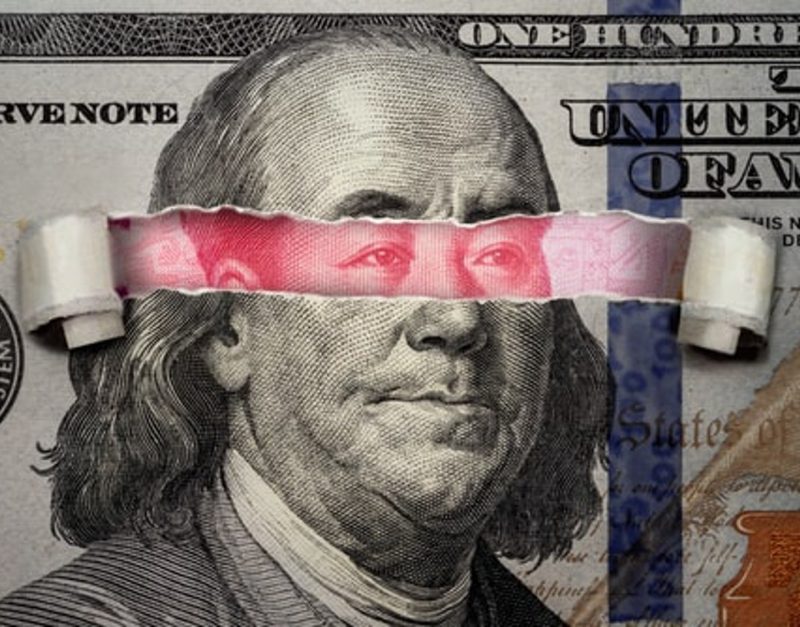The U.S. dollar dipped against the Chinese Yuan currency during the early Monday morning trade. The Chinese Yuan was the most notable mover as it climbed 0.3% against the U.S. dollar. The Asian currencies performed better today as the U.S. dollar dipped in the day’s trade.
Also Read: Russia Calls Oil-Producing Countries To Ditch US Dollar Currency
China’s renminbi is receiving support from investors as the dollar reached its peak at 104 in the DXY index. Despite holding on steady, the DXY index experienced a brief dip making the U.S. dollar lose value against Asian currencies. Even the Indian Rupee saw a facelift on Monday after being trampled to an all-time low by the USD on Friday.
The Indian Rupee fell to an all-time low of 83.59 on Friday but recovered to 83.46 on Monday’s opening bell. In addition, the Japanese Yuan also performed better against the U.S. dollar reaching 151.31. While the Yen is only slightly higher, the Asian markets’ positive sentiments are the main reason for its uplift.
Also Read: Currency: What’s Happening With the US & Australian Dollar?
However, the Yen could dip against the USD in the coming days when the markets settle and return to normalcy. Read here to know why the Japanese Yen is weakening in the global currency markets in 2024.
Currency: Chinese Yuan Outperforms The U.S. Dollar


The Chinese Yuan outperformed the U.S. dollar on Monday leading to the markets lean towards Asian currencies. The currency has been experiencing market growth due to monetary easing by the officials. The dip in the U.S. dollar comes at a time when countries around the world are looking to distance themselves from the currency.
Also Read: Saudi Arabia: Non-Oil Revenue Hits 50% of GDP for the First Time
The debt of $34.5 trillion is worrisome and could affect other nations’ economies and hamper their GDP. The move puts the USD on the back foot as other countries are now giving prominence to their local currencies. If the debt is not tamed, the Chinese Yuan and other local currencies could begin to send the U.S. dollar on a downward spiral.





